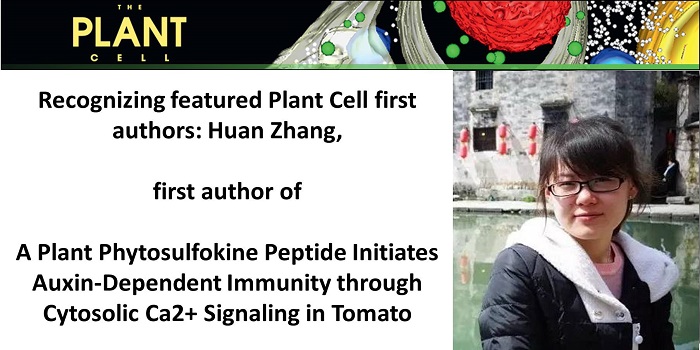
Recognizing featured Plant Cell first authors: Huan Zhang
The Plant Cell, The Plant Cell: Author ProfilesHuan Zhang, featured first author of A Plant Phytosulfokine Peptide Initiates Auxin-Dependent Immunity through Cytosolic Ca2+ Signaling in Tomato
Current Position: Graduate student in the Department of Horticulture, Zhejiang University, China.
Education: Bachelor's degree (2013) from the College…
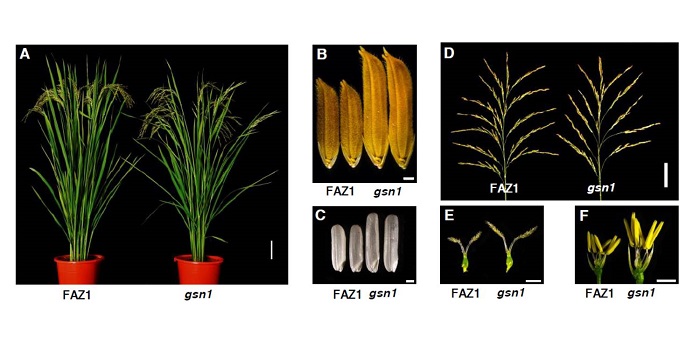
GSN1 coordinates grain number and grain size (Plant Cell)
Plant Science Research WeeklyGrain yield is determined by both grain number and grain weight. There is often a trade-off between these traits; for example, increased grain number is often associated with decreased grain weight. Using a forward-genetic approach, Guo et al. have identified a rice gene, GRAIN SIZE AND NUMBER1 (GSN1)…
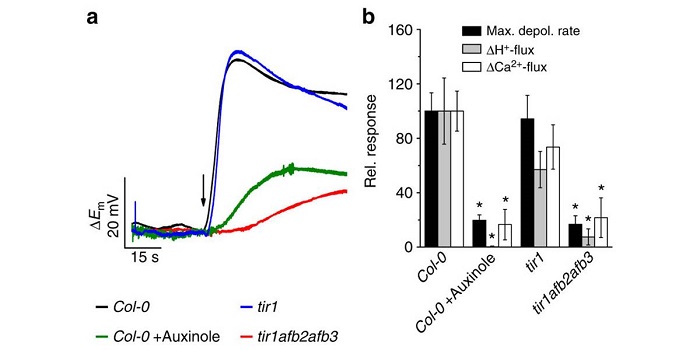
AUX1-mediated root hair auxin influx governs SCFTIR1/AFB-type Ca2+ signaling (Nature Comms)
Plant Science Research WeeklyThe phytohormone auxin is transported in a polar fashion through PINs (PIN-FORMED) and PGPs (P–GLYCOPROTEIN) as auxin efflux carriers and AUX1 and LAXs (LIKE-AUX1) as influx carriers. Previous experiments from oat coleoptiles and corn root hairs indicate that one of quickest auxin responses is cell…

MicroProteins as the First Step toward a Master Key for Posttranslational Regulation
Plant Physiology, Plant Physiology: News and Views, Research
Determining the function of a gene often relies on transgenic plants with altered transcriptional or translational levels. This is usually achieved through overexpression, knockout, or knockdown. However, each of these approaches has specific advantages and drawbacks. For instance, knockouts, which…
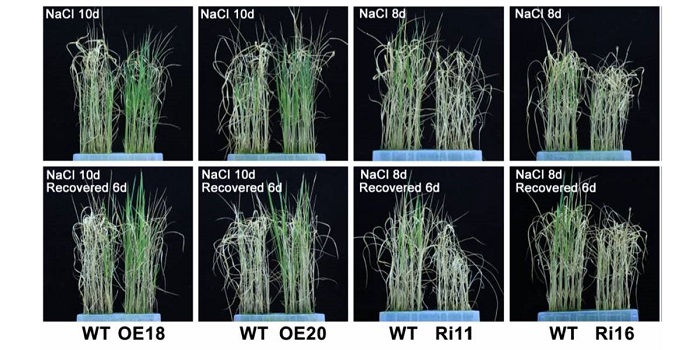
Receptor-like cytoplasmic kinase STRK1 mediates salt tolerance in rice via H2O2 homeostasis ($) (Plant Cell)
Plant Science Research WeeklySalinity is a widespread stressor. Zhou et al. investigated the role of receptor-like kinases (RLKs) in salinity tolerance by identifying RLKs that are transcriptionally upregulated by salt treatment. Candidates were introduced either as overexpression (full-length) or dominant negative (partial) clones,…
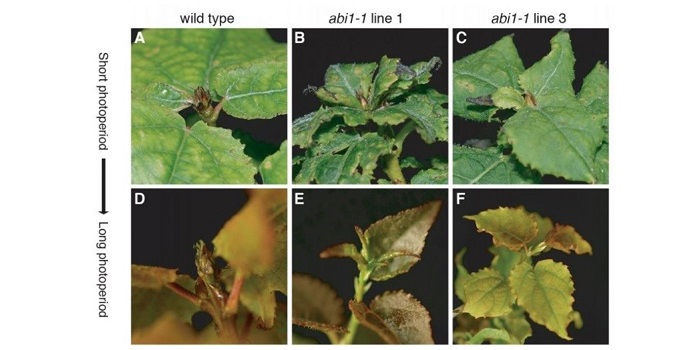
Photoperiodic control of seasonal growth is mediated by ABA acting on cell-cell communication ($) (Science)
Plant Science Research WeeklyPlant growth is regulated seasonally, but our knowledge is limited about how their growth is inhibited or re-initiated seasonally. Looking at hybrid aspen, in this article, Tylewicz et al. explored how seasonal cycles of growth and dormancy help perennial plants adapt during winter. In the long days…
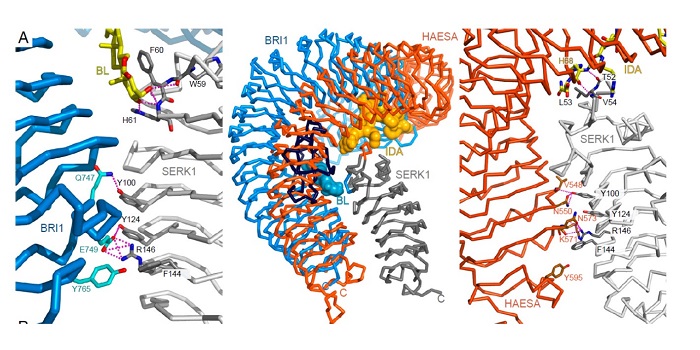
Mechanistic basis for the activation of membrane receptor kinases by SERK-family coreceptors (PNAS)
Plant Science Research WeeklyLRR-RKs (Leucine-Rich Repeat Receptor Kinases) are membrane-spanning receptor molecules that recognize a diverse array of signaling ligands. SERKs (SOMATIC EMBRYOGENESIS RECEPTOR KINASEs) are co-receptors that are required for signal processing. Like LRR-RKs, SERKs span the membrane, with an intracellular…

Tip-localized Ca2+-permeable channels control pollen tube growth via kinase-dependent R- and S-type anion channel regulation (New Phytol.)
Plant Science Research WeeklyCalcium plays a major role in regulating pollen tube (PT) growth. Calcium levels are oscillatory in nature at the PT tip, along with anion efflux. Calcium has been shown to regulate anion channels in guard cells through calcium protein kinase (CPK) activation. Gutermuth et al. provide evidence for…

Nodule Symbiosis: Cleavage of Bacterial Signals Affects Nodule Shape
Research, The Plant Cell, The Plant Cell: In a NutshellCai et al. investigate the function of a Medicago truncatula enzyme (MtNFH1) that cleaves nodulation signals of symbiotic Sinorhizobium meliloti bacteria. Plant Cell (2018). https://doi.org/10.1105/tpc.17.00420.
By Jie Cai, Zhi-Ping Xie and Christian Staehelin
Background: Nitrogen-fixing rhizobia…

